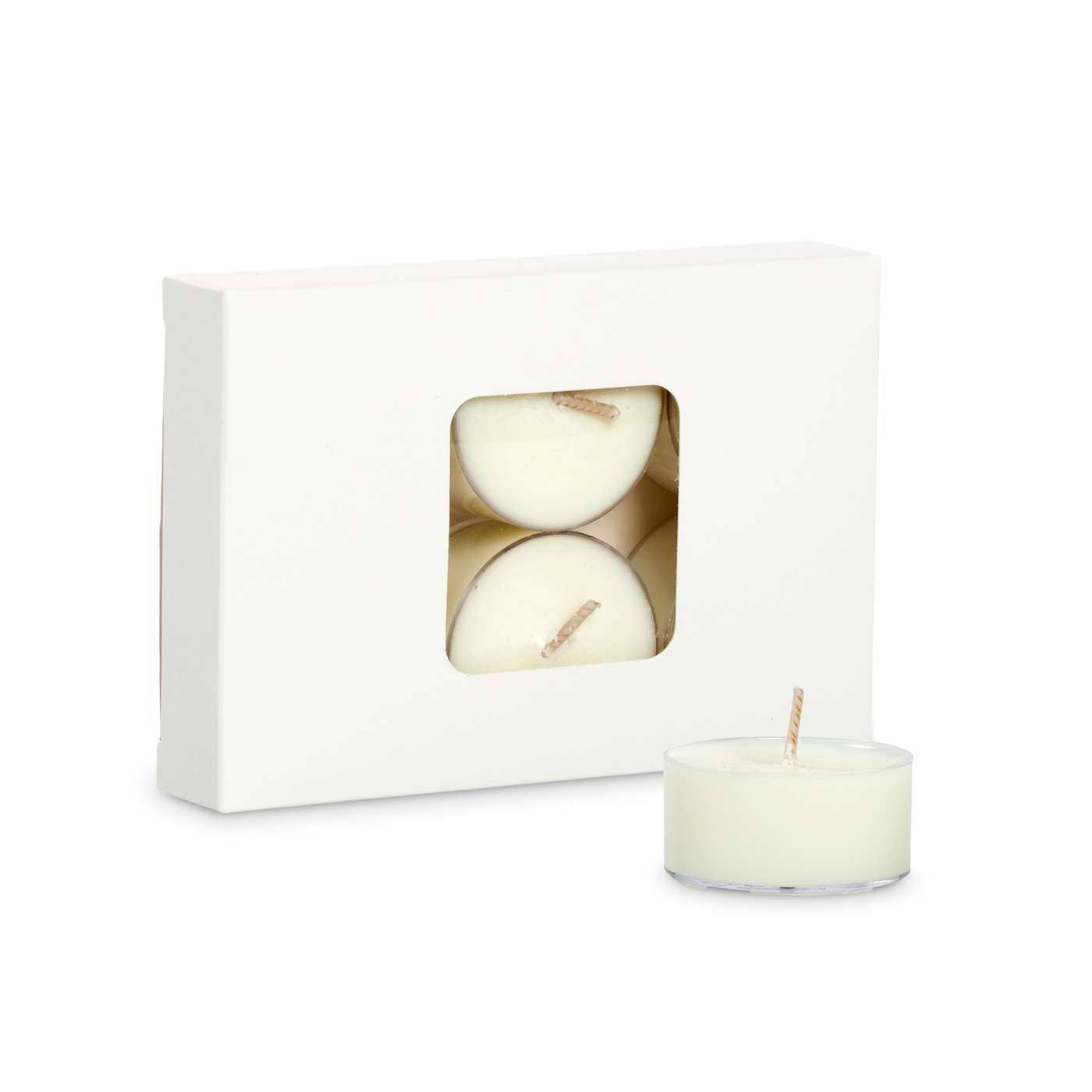Shop Sustainable Soy Wax Candles and Home Fragrance Collections
Wiki Article
From Wick to Wax: Comprehending the Chemistry Behind Soy Wax Candles and Their Ecological Influence
As we brighten our spaces with the cozy radiance of candle lights, there exists a world of complex chemistry behind the seemingly straightforward act of lighting a soy wax candle light. The selection between soy and paraffin wax prolongs past simple aesthetic appeals, diving into the world of environmental effect and the really structure of the products. Comprehending the molecular framework of soy wax and its burning procedure clarifies the emissions launched into our surroundings. Join us as we unwind the clinical details behind soy wax candle lights and discover their effects on our environment.Soy Wax Vs. Paraffin Wax
When comparing soy wax and paraffin wax for candle light production, it is crucial to understand the distinct qualities and benefits of each product. Soy wax is a natural, eco-friendly source acquired from soybean oil, making it eco-friendly and eco-friendly - crystal soy candles. On the other hand, paraffin wax is a byproduct of petroleum refining, which raises issues concerning its environmental influence and sustainabilitySoy wax candle lights burn cleaner and emit much less residue contrasted to paraffin wax candle lights, making them a much healthier option for indoor air quality. Additionally, soy wax has a reduced melting factor, enabling a longer-lasting candle light that disperses scent better. Paraffin wax, on the various other hand, often tends to shed faster and less cleanly, possibly launching harmful chemicals into the air.
From a sustainability point of view, soy wax is preferred for its biodegradability and sustainable sourcing, straightening with the growing consumer choice for environmentally conscious products. While paraffin wax has been a conventional selection in candle light making because of its cost and ease of use, the shift in the direction of environmentally friendly choices like soy wax is getting energy in the sector.
Chemical Make-up of Soy Wax

Combustion Process in Soy Candles
The chemical composition of soy wax directly affects the burning process in soy candles, impacting factors such as burn time, fragrance launch, and ecological effect. When a soy candle light is lit, the warm from the fire thaws the wax near the wick. This liquid wax is after that attracted up the wick as a result of capillary activity. As the fluid wax gets to the fire, it evaporates and goes through burning. The burning procedure involves the vaporized hydrocarbons in the wax responding with oxygen in the air to generate heat, light, water vapor, and co2.
The burning effectiveness of soy candle lights is influenced by the pureness of the soy wax and the high quality of the wick. In addition, soy wax candles have a lower ecological effect compared to paraffin candle lights due to their eco-friendly and sustainable nature.

Ecological Advantages of Soy Wax

Thought about a sustainable option to typical paraffin wax, soy wax supplies remarkable ecological advantages that make it a prominent option amongst eco-conscious customers. Soy wax burns cleaner and produces less soot than paraffin wax, adding to much better indoor air top quality and lowering the demand for cleansing and maintenance. Overall, the environmental benefits of soy wax line up with the expanding demand for environment-friendly and sustainable products in the market.
Recycling and Disposal Factors To Consider
Recycling and appropriate disposal of soy wax candles play a crucial duty in keeping ecological sustainability and lowering waste in communities and houses. When it comes to recycling soy wax candles, the very first action is to guarantee that the candle light has shed totally.
In terms of disposal, if recycling is not an option, soy wax candles are biodegradable and can be safely thrown away in many household waste systems. It is constantly recommended to inspect with neighborhood recycling facilities or waste administration solutions for details standards on candle disposal to make sure appropriate handling and environmental protection.
Verdict
soy candles In final thought, the chemistry behind soy wax candle lights discloses their environmental advantages over paraffin wax candle lights. Soy wax, derived from soybean oil, burns cleaner and produces much less soot when contrasted to paraffin wax.When comparing soy wax and paraffin wax for candle light making, it is necessary to understand the distinct qualities and advantages of each product (soy candles).Soy wax candles shed cleaner and produce much less soot contrasted to paraffin wax candle lights, making them a healthier selection for interior air high quality.Thought about a sustainable option to typical paraffin wax, soy wax supplies notable environmental advantages that make it a preferred selection amongst eco-conscious customers. Soy wax burns cleaner and creates less soot than paraffin wax, adding to better interior air top quality and lowering the need for cleansing and maintenance.In conclusion, the chemistry behind soy wax candle lights exposes their ecological benefits over paraffin wax candles
Report this wiki page